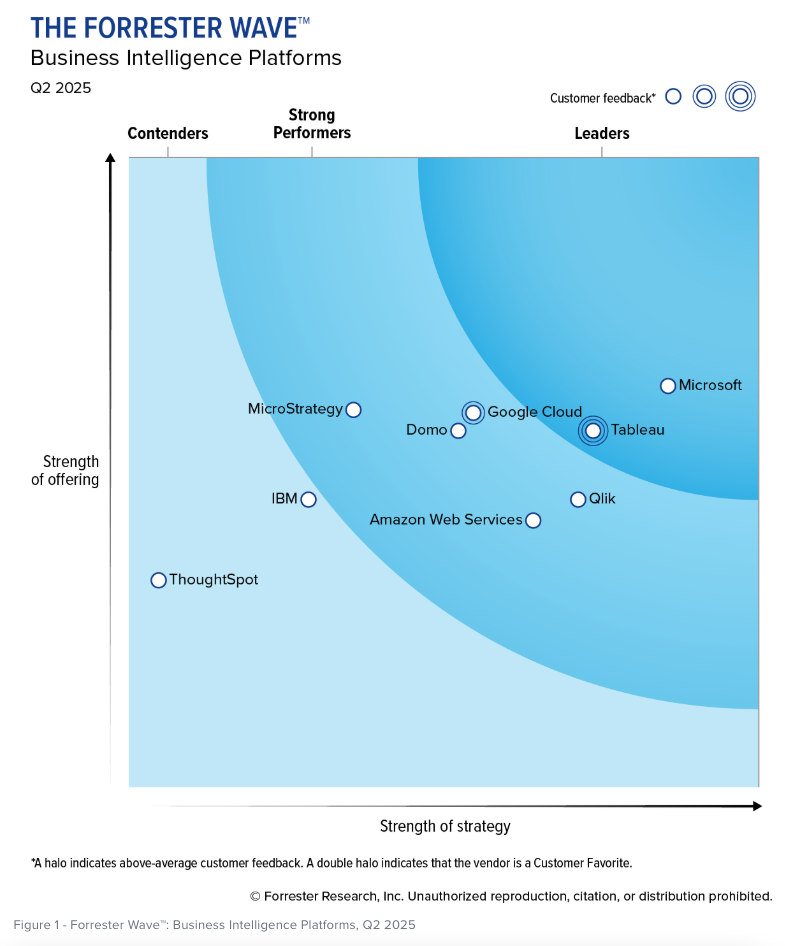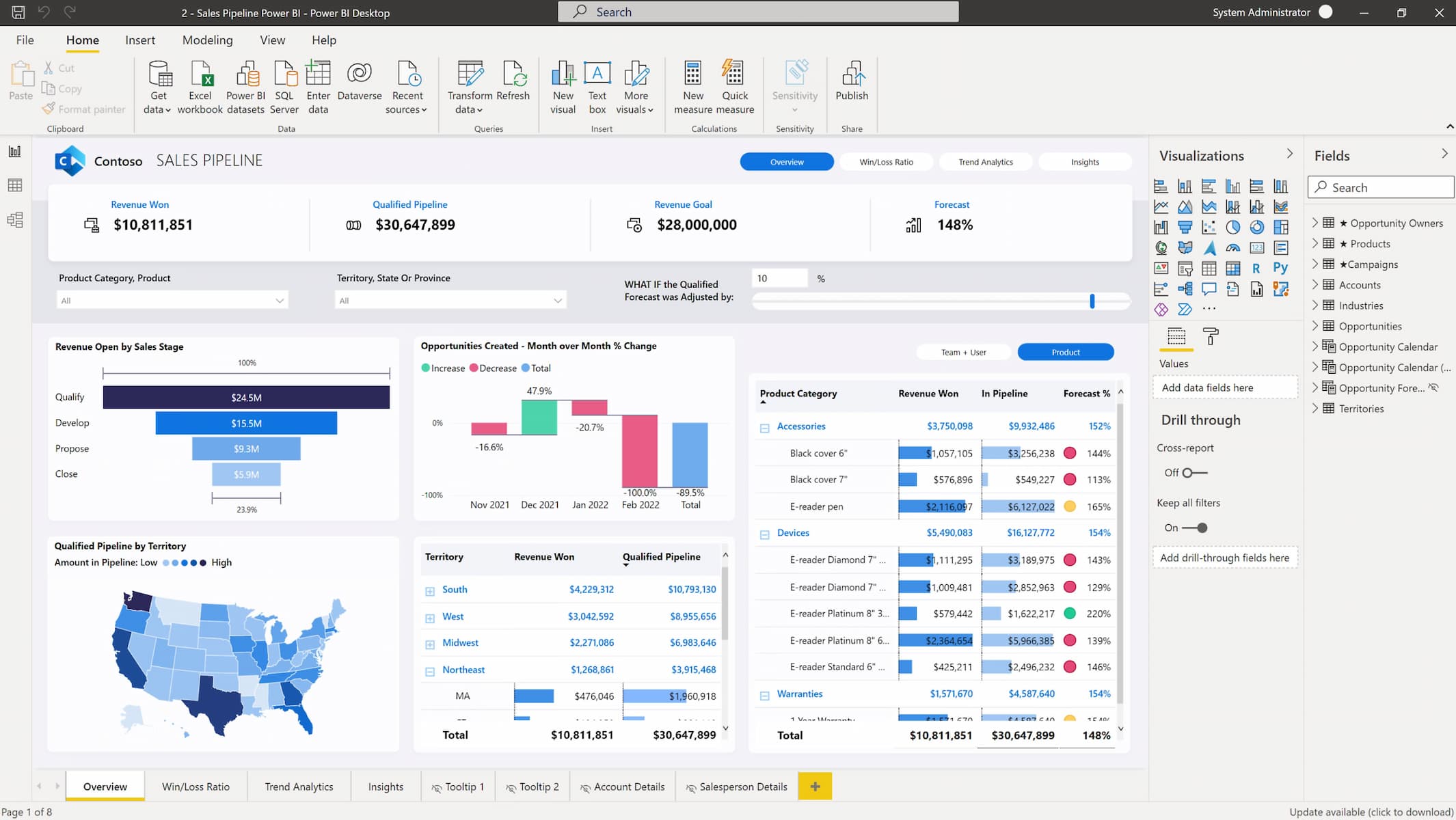by Jeremiah Johnson
The health of a business' finances is the strongest determinant of whether the company is thriving or in dire straits. It is for this reason that paying close attention to key finance metrics is an absolute necessity. If business leaders are consistently implementing these metrics and they discover that their business' finances are off track, then they can make adjustments before it is too late do do anything.
 In order for the utilization of finance metrics to be successful, one must track the right ones. However, the number of finance metrics that can be tracked often seems overwhelming. In order to help business leaders make the right decision in this regard, this article lists and explains the Top 5 Business Intelligence metrics for finance.
In order for the utilization of finance metrics to be successful, one must track the right ones. However, the number of finance metrics that can be tracked often seems overwhelming. In order to help business leaders make the right decision in this regard, this article lists and explains the Top 5 Business Intelligence metrics for finance.
5: Current Ratio
In short, the current ratio is a company's ability to pay their long-term financial obligations over the course of a year. It calculates this by comparing the business' current assets with its current liabilities.
This ratio is an excellent way to determine the solvency of the organization, as well as the productivity of its assets. If the current ratio is less than one, then there should be some concern about the company's ability to pay its bills; if the ratio is much larger than one, then it is likely that otherwise useful current assets are idling, instead of fueling the growth of the business.
4: Accounts Receivable Turnover Rate
Within closed sales lies the heart of a business' success. However, maintaining a set of accounts receivable is often a business necessity. While these accounts are current assets, they are not yet cash, so it is important for the company to have those accounts paid in full ASAP. Converting them to cash allow the company to invest in more growth opportunities.
By using the accounts receivable turnover rate metric, one can assess how quickly the company is collecting its debts; if the collection is not moving fast enough to match their cash needs, one should adjust accordingly.
3: Working Capital
A company's ability to immediately act on a business opportunity is usually the difference between them and their competitors capitalizing on it. The working capital metric is a great way to assess this, as a large amount of working capital demonstrates liquidity, and more importantly, a company's ability to take action when needed.
This ratio is calculated by subtracting current liabilities from current assets; the resultant monetary value should be weighed against any actions that the company is considering taking to see if they can afford them.
2: Debt to Equity Ratio
Taking in shareholder investments is a great way for a company to increase their growth. However, these investments are debts, and as such, should not be taken lightly. It is important that a company's profits and growth outstrip the size of its shareholder investments.
The debt to equity ratio is a great way to ensure this, because it directly measures a company's growth against its shareholder investments. Updating and managing this ratio is a great way for business leaders to keep their company from overreaching.
1: Net Profit Margin
At the end of the day, the company's bottom line is what will determine their level of success.
The net profit margin is the best tool to determine this, as it combines several finance metrics to inform the company's leadership team of how much money they are actually making.
Summary
Overseeing a company's business intelligence metrics for finance is invaluable for assessing its level of growth. The five finance metrics listed above should be at the core of every organization's finance metric system.




Comments
Comments not added yet!